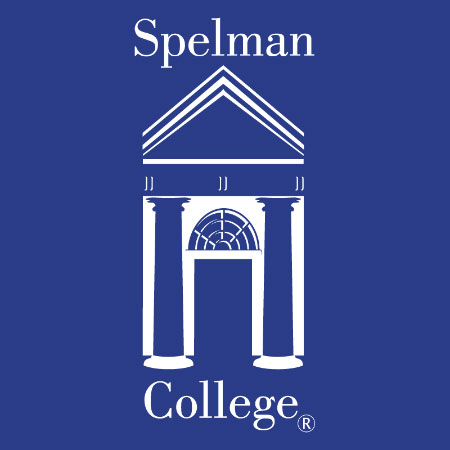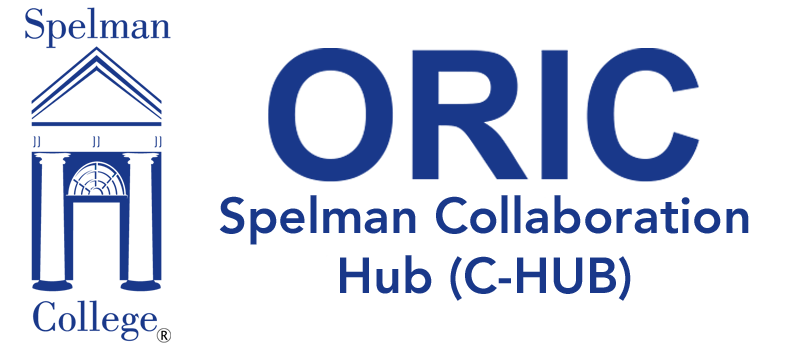
Faculty Name
Lisa Hibbard, Ph.D.
Title
Professor, Chemistry & Biochemistry
Department
Chemistry and Biochemistry
Phone
404-270-5745
Office Location
Albro-Falconer-Manley Science Center 346
Education
Ph.D., B.S., Georgia Institute of TechnologyBiography
Honors & Awards2010 | Spelman College Presidential Award for Excellence in Service, Vulcan Excellence in Teaching Award
2006 | Georgia Academy of Science – Fellow
2002 | QEM Excellence in Mathematics or Science Teaching Award
2000 | Who’s Who Among America’s Teachers
1995 | Council of Outstanding Young Engineering Alumni – Georgia Institute of Technology
1993 | Spelman College Presidential Faculty Award for Excellence in Teaching
Presentations
Lisa Hibbard and Randy Duran (presenters and workshop facilitators) “Off-Campus Research: Best Practices,” HHMI Science Education Conference Workshop, Chevy Chase, MD, October 25, 2010.
Lisa Hibbard and Virgil Payne, “Molecules of Life at Spelman College,” Faculty Resource Network Molecules of Life Dissemination Conference, Atlanta, GA, March 14, 2008.
Kamika Felder, Candis Mayweather, and Lisa Hibbard, “Electrolyte Effects on the Chaperone Activity of Alpha-Crystallin”, 83nd Annual Meeting of the Georgia Academy of Science, Lawrenceville, GA, March 24-25, 2006.
Candis Mayweather, Artrease Spann and Lisa Hibbard, “Spectroscopic Analysis of Electrolyte Effects on Alpha-Crystallin Configuration,” 231st ACS National Meeting, Atlanta, GA, March 26-30, 2006.
Spann, A.L. and L.B. Hibbard (2005) “A Spectroscopic Study of UV and Electrolyte Effects on Alpha-Crystallin Configuration,” Proceedings of the 19th Annual National Conference on Undergraduate Research, 1585-1591.
Candis Mayweather, Kamika Felder, Artrease Spann and Lisa Hibbard, “A Spectroscopy-Based Analysis of the Electrolyte Effects on Alpha-Crystallin Configuration,” Annual Biomedical Research Conference for Undergraduate Students (ABRCMS 2005), Atlanta, GA, November 2-5, 2005.
McDonald, A. and L. Hibbard, “A Study of the Chaperone-Like Behavior of Alpha-Crystallin,” 19th Annual National Conference on Undergraduate Research, Lexington, VA, April 21-23, 2005.
Courses Taught
CHE 111/112 General Chemistry I & IICHE 345/346 Physical Chemistry I & II
Research Interests
Biophysical Chemistry - The main objectives of the research studies being performed in Dr. Hibbard’s lab have been: (1) to observe alterations in the configuration of the ocular lens structural proteins, alpha- and beta-crystallin, due to the presence of electrolytes, and (2) to determine the extent to which these aqueous crystallin solutions are affected by exposure to near-UV radiation. Since changes in protein structure are proposed to occur concurrently with changes in the spectral properties of tryptophan (Trp) residues within the protein, several spectroscopic techniques are being used to monitor alterations in the structure and microenvironment of Trp residues in these crystallins. Spectral measurements are monitored for samples undergoing timed exposure to 295nm radiation from a 450W xenon lamp under varying NaCl and CaCl2 concentrations. Alpha-crystallin is believed to function as a chaperone to protect structural proteins, such as beta-crystallin, from aggregating in the ocular lens upon being damaged. Turbidity studies are thus performed to analyze effects on the chaperone activity of alpha-crystallin in the presence of heat-aggregated beta-crystallin.Experimental Techniques – UV-Visible absorbance spectroscopy; steady-state fluorescence spectroscopy; circular dichroism (CD) spectropolarimetry.
Chemical education - Research involving the use of process oriented guided inquiry learning (POGIL) techniques, subject mastery strategies, electronic portfolios, and personal response systems in the curriculum is being performed to determine the effects on student learning and retention of basic chemical knowledge.
